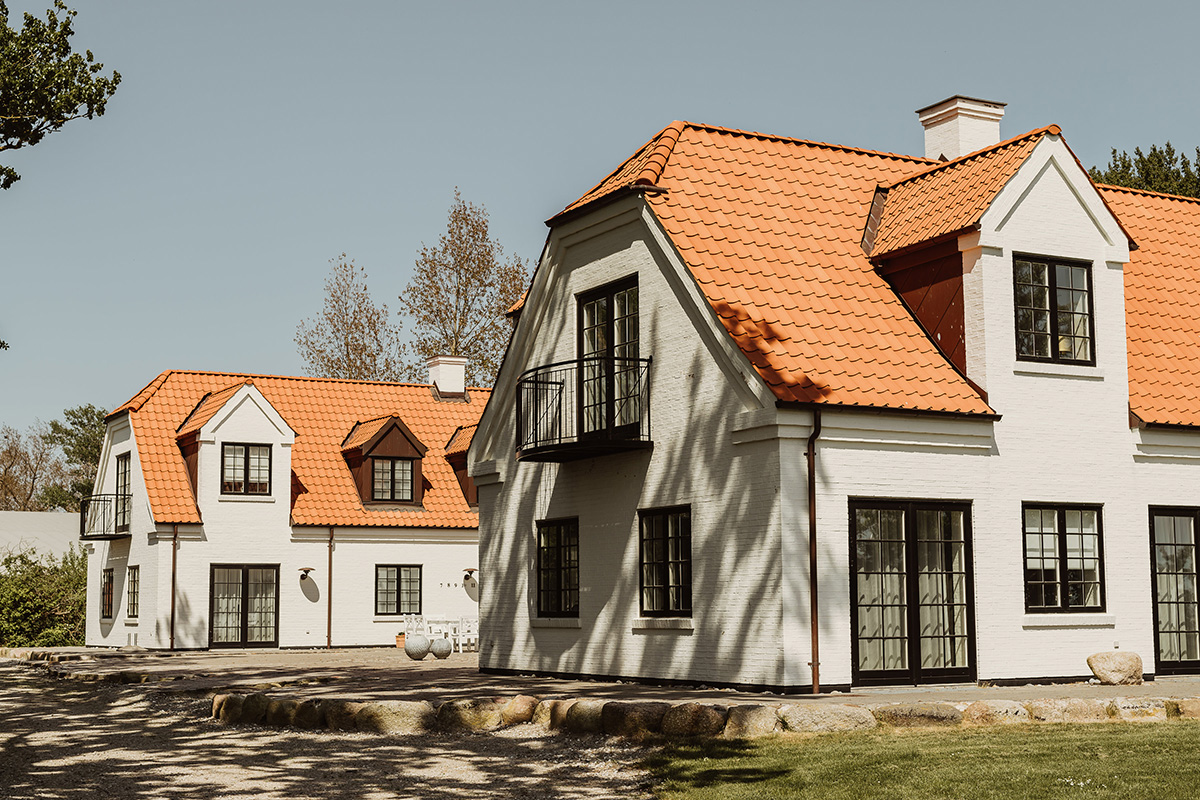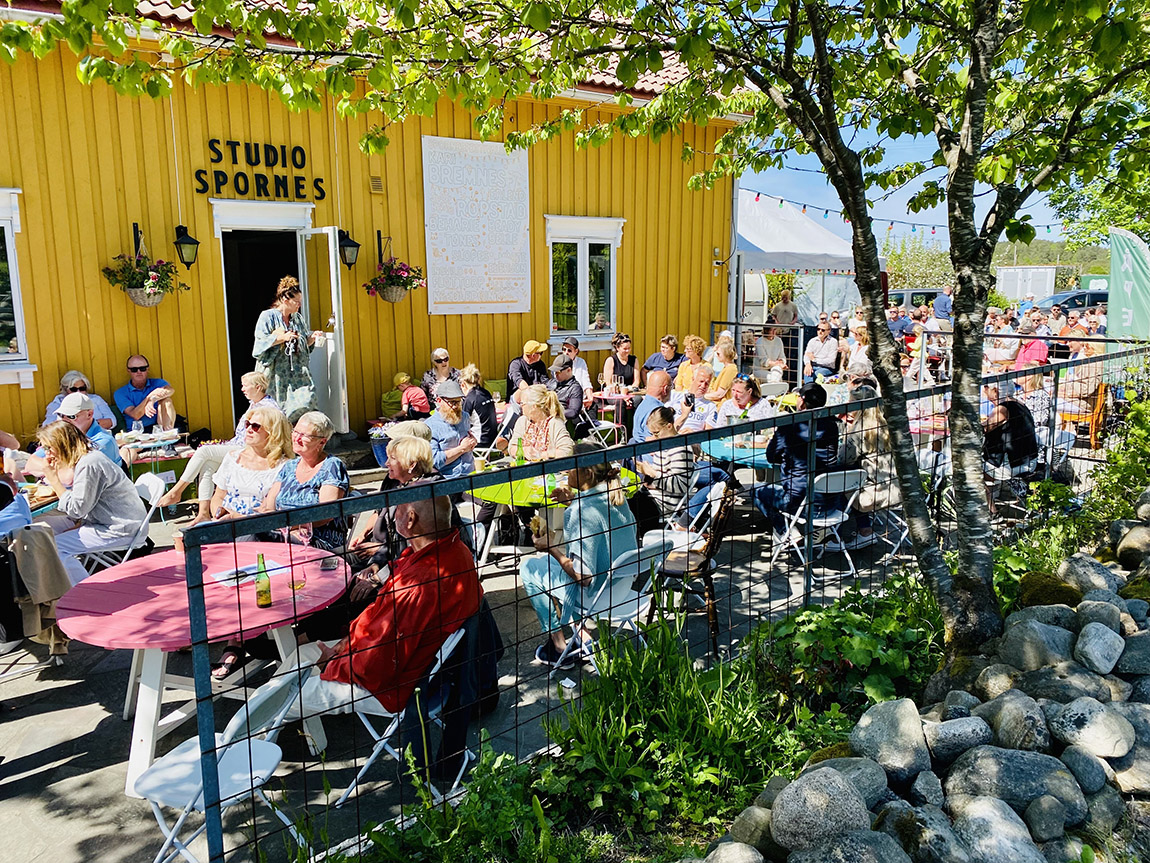Nykøbing Mors: The shellfish capital of Denmark
Text: Signe Hansen | Photos: Morsø Kommune
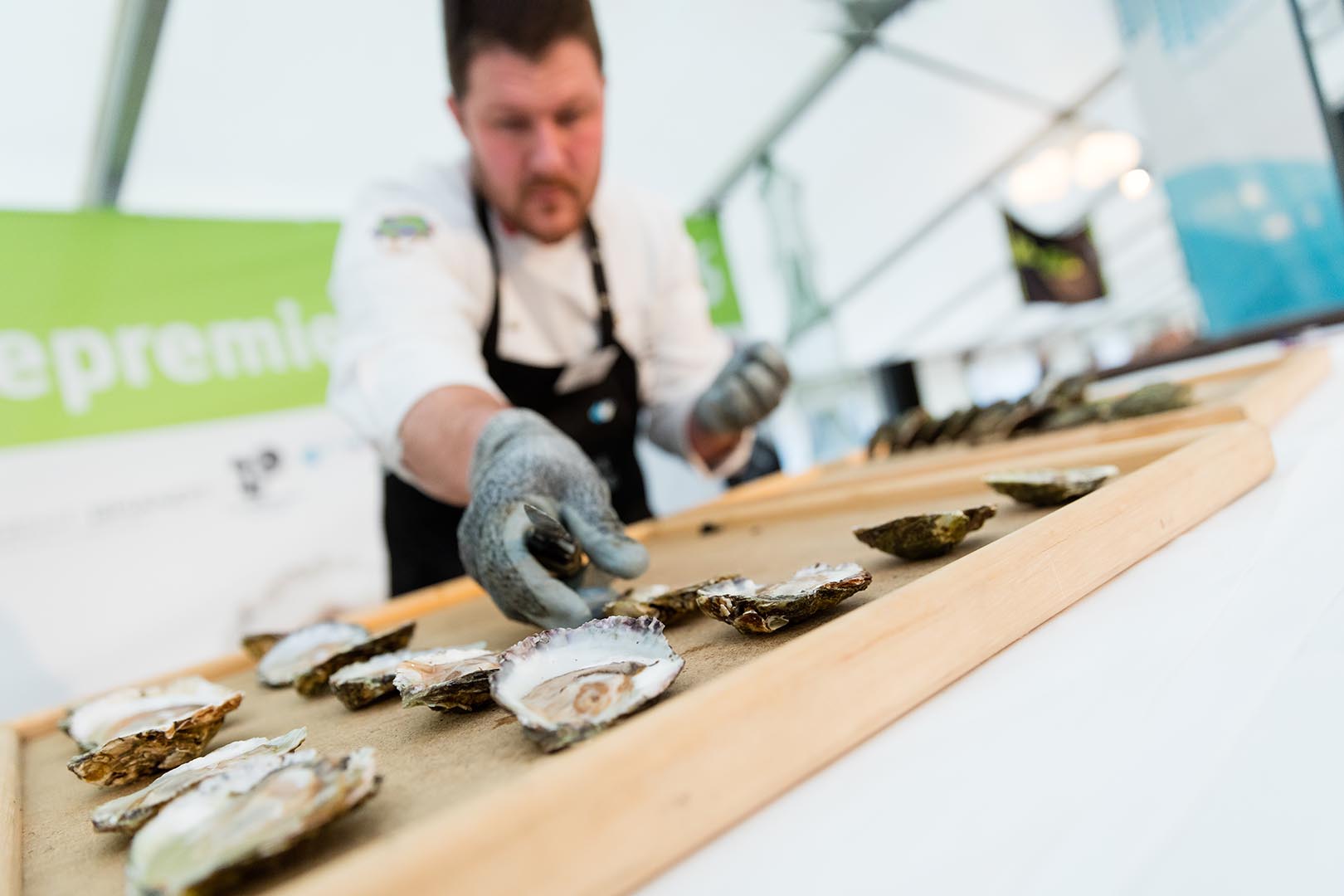
“M any people may associate oysters with fancy restaurants, evening wear, and adrenalin-inducing bills. However, on the small island of Mors, also dubbed the Shellfish Capital of Denmark, this could not be further from reality. With the surrounding waters of the Limfjord literally teeming with oysters, wellies, a bucket and a shovel are all you need to get your hands on the tasty little treats.
As Mors’ numerous remnants of Stone Age kitchen middens prove, shellfish has been an essential part of life at the Limfjord for millennia. Today, the island’s rich abundance of mussels and oysters has, together with its beautiful and serene scenery, made it a popular travel destination. “As the largest island in the Limfjord, which is crammed with shellfish, including two different oyster species, we have a long and rich tradition built around shellfish,” explains Maria Kjelds from Morsø Municipality. “This, combined with the fact that we’re home to Vilsund Blue, Denmark’s largest mussel producer, as well as the Danish Shellfish Centre, which arranges a string of shellfish-related activities, has made us a centre for everything shellfish-related.”
Among the island’s many yearly shellfish-centred events is the upcoming Oyster and Mussel Premiere in October. Running between 11 to 13 October, the event celebrates the beginning of the oyster and mussel season with a string of cooking competitions, including the Danish Oyster Opening Championship, and activities.
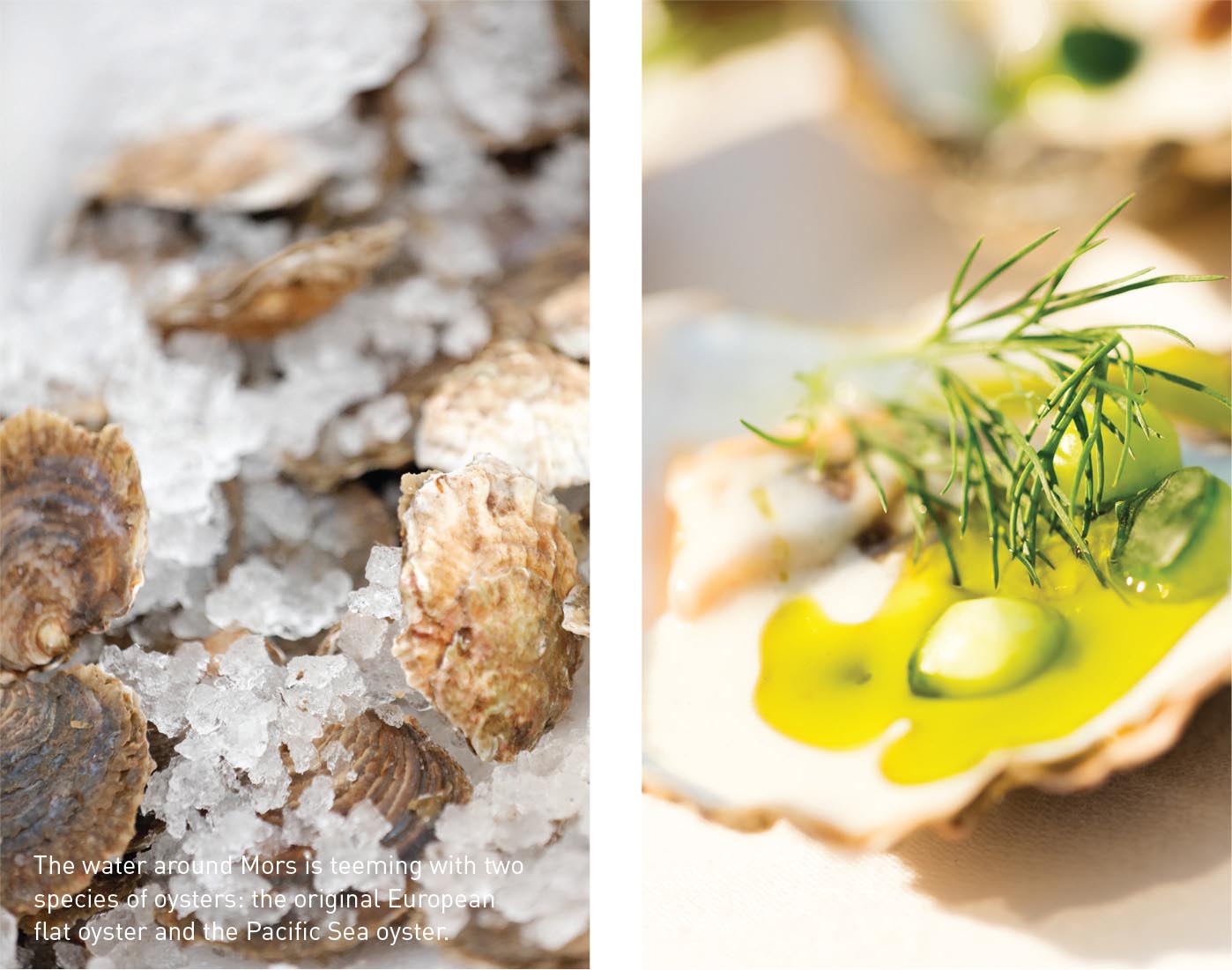
A taste of the past
While the last century has seen mussels and particularly oysters become an exclusive delicacy, for the island’s early inhabitants they were a basic source of nutrition. This is obvious in, among other places, the Stone Age Centre Ærtebølle on the mainland, where the remnants of old kitchen middens show that it might not have been unusual for the area’s first inhabitants to eat as many as 60 oysters per day.
However, having disappeared from the area for a period of time, the oysters and their delicate taste made them a much more exclusive treat in more recent times, explains Kjelds. “In the 18th century, as the oysters returned to the Limfjord, their delicate taste made them a very coveted resource loved by many, including the king. He actually enjoyed them so much that he monopolised the right to harvest them. It was strictly forbidden and punishable by law to pick them for anyone but the royal purveyor, Limfjordskompagniet (a seafood company that merged with Vilsund Blue in 2011, moving the whole production to Mors).”
The monopoly to harvest oysters was lifted in the 1980s, and though the first harvest of the season is still delivered ceremoniously to the royal family, the delicacies are once again, literally, up for grabs for anyone with a pair of wellies and a bucket.
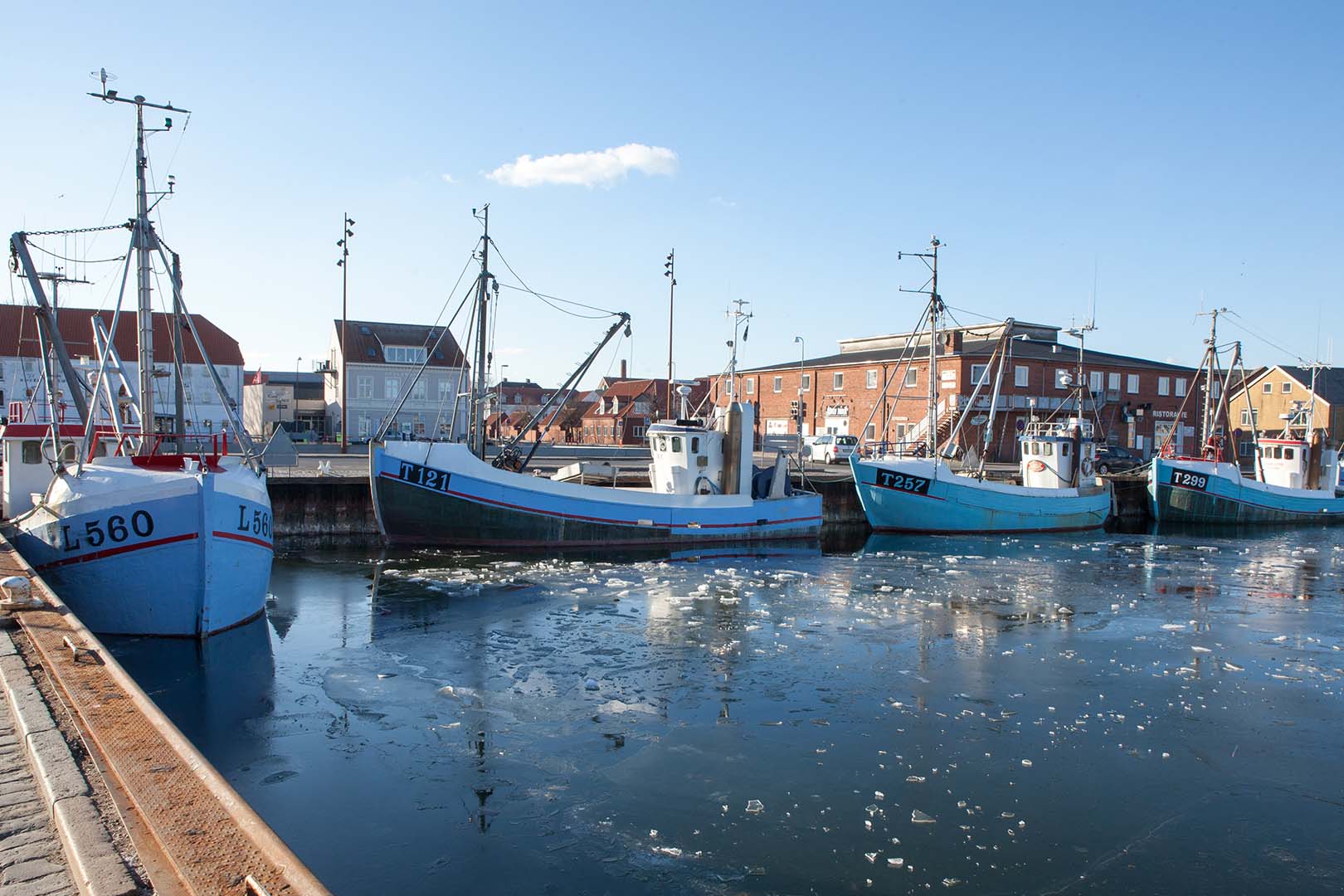
Pick your own dinner
That it is, once again, not just possible but very easy to harvest oysters by hand in the Limfjord, is partly due to a fairly new environmental phenomenon: the invasion of the Pacific Sea oysters. Having been introduced into the Wadden Sea in the 1990s, this species of oysters has since spread to the Limfjord as well and become more dominant than the fjord’s traditional inhabitant, the European flat oyster. With many of them living on very shallow water, picking them by hand is easy. “Of course, you have to be careful when it comes to oysters; they should only be harvested within the season – October till April – but with the Danish Shellfish Centre’s guided tours, everyone can learn how to safely pick and prepare their own oysters,” says Kjelds. “On the tour, you get your own waders, a shovel and a bucket, and then you just walk out into the water – they’re everywhere, and often you can see them from the shore.”
After the tour, the guides will demonstrate different ways of preparing the oysters, which can be grilled, steamed or, of course, eaten raw. They also have different leaflets with recipes and useful tips on how to open them, so even a complete oyster newbie should be in safe waters.
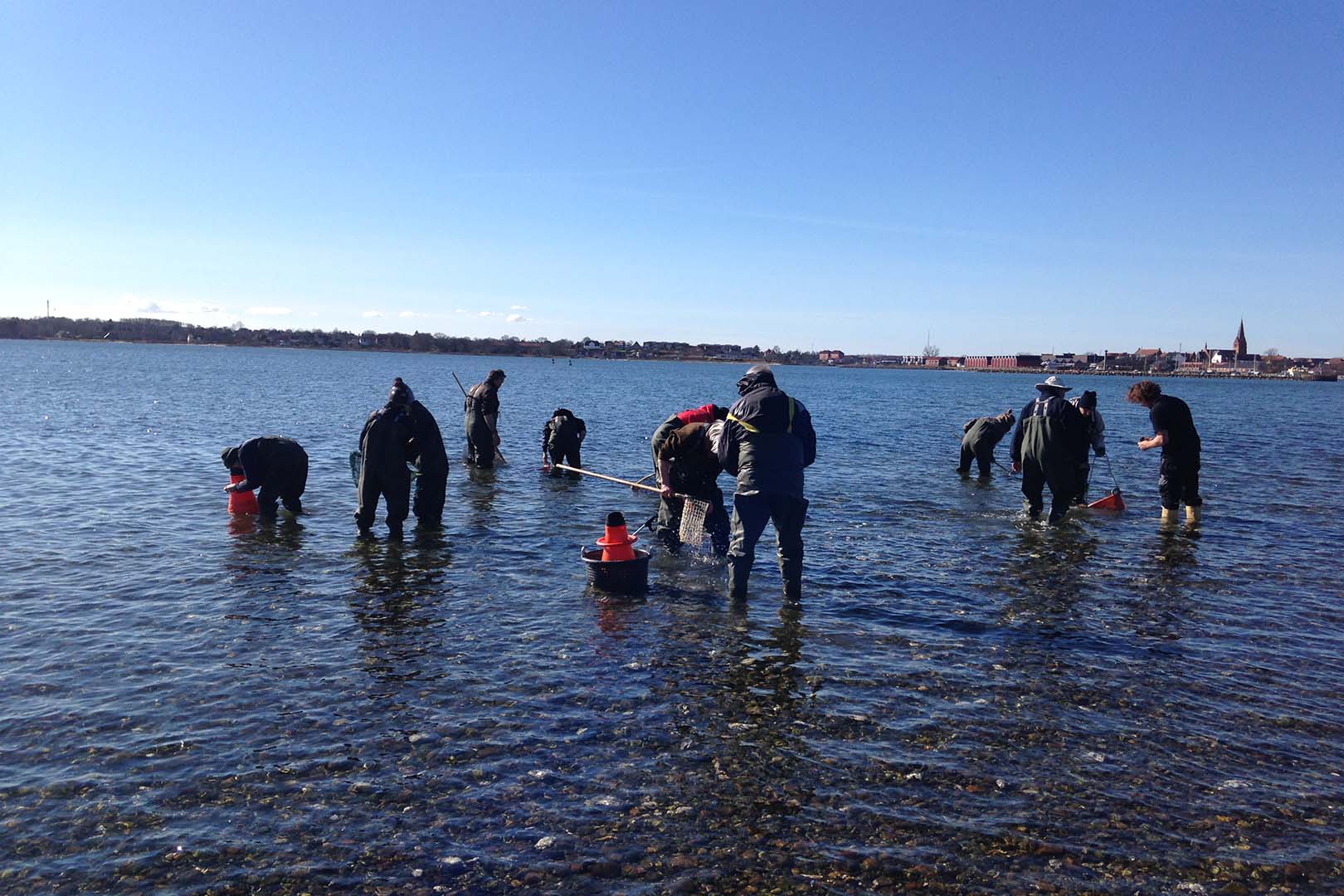
Guided tours on Mors teach participants how to harvest, prepare and eat oysters fresh from the sea.
Events in 2019/20:
The Oyster and Mussel Premiere, 11-13 October 2019, in Nykøbing Mors:
Three days of celebration on Mors, when the oyster and mussel season begins, and when the first oyster boats dock in the harbour. The majority of events centre on the Limfjord oysters (European flat oysters), some of the world’s best.
Oyster Final, 18 April 2020:
A special event marking the end of the oyster season with talks, cooking classes, tastings, markets, and much more.
Oyster Safari:
Oyster safari in the Limfjord together with the Danish Shellfish Centre’s biologists. 14, 21 and 28 September; 11, 12 and 13 October; 16 and 23 November; 14 December.
To book: www.visitmors.dk Web: www.skaldyrshovedstad.dk
Subscribe to Our Newsletter
Receive our monthly newsletter by email

